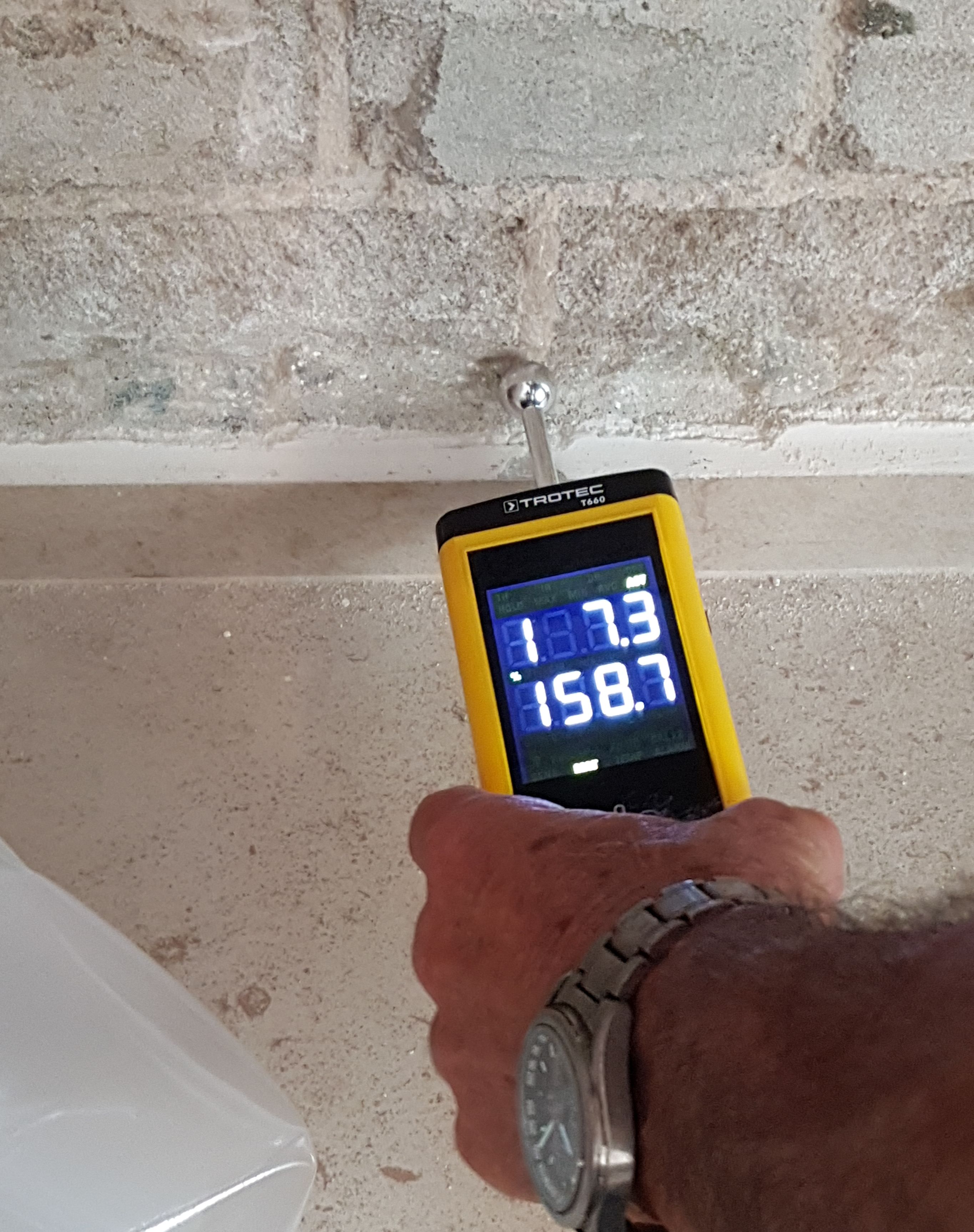Just how to Make Use Of a Moisture Meter to Identify Hidden Water Damages in Your Residential property
Just how to Make Use Of a Moisture Meter to Identify Hidden Water Damages in Your Residential property
Blog Article
Delve Into the Globe of Moisture Meters: Everything You Required to Know
In the world of wetness meters lies a globe of precision and functionality that typically goes unnoticed. Comprehending how moisture meters operate, the different types available, and their varied usages can lose light on their importance in guaranteeing high quality and efficiency.
How Moisture Meters Work
Moisture meters run by gauging the electric conductivity or capacitance of products to figure out the wetness content present. These meters are indispensable devices throughout numerous sectors, consisting of woodworking, agriculture, and construction. By utilizing various techniques such as pin-type or pinless technology, moisture meters offer exact readings that aid professionals make informed decisions.
Pin-type moisture meters function by inserting the sharp pins right into the material being examined. On the other hand, pinless moisture meters use electromagnetic signals to scan a larger area without creating any damage to the material's surface area.
Despite the technique used, dampness meters play an essential role in preventing concerns such as mold and mildew development, architectural damages, or item flaws triggered by excess dampness. Recognizing how these meters work is necessary for making certain the high quality and honesty of products in different applications.
Kinds Of Moisture Meters
Provided the crucial function wetness meters play in various markets, it is necessary to recognize the various types readily available to experts for accurately analyzing wetness degrees - Moisture Meter. There are largely two primary sorts of moisture meters: pinless and pin-type wetness meters

On the various other hand, pinless dampness meters make use of electro-magnetic sensor plates to check a bigger location of the material without causing any type of damage. This type appropriates for swiftly scanning huge locations and is frequently made use of for flooring, walls, and ceilings. Pinless meters are hassle-free for taking analyses on completed surfaces without leaving any visible marks.
Both kinds of dampness meters have their advantages and are selected based on the certain needs of the job at hand. Recognizing the differences in between these kinds is critical for professionals to make precise wetness assessments.
Applications Throughout Industries
Building specialists depend on wetness meters to assess the dampness degrees in structure materials like concrete, drywall, and timber, which is critical for preserving architectural stability and avoiding issues like rot or mold and mildew. The floor covering industry makes use of moisture meters to determine the moisture material in subfloors prior to mounting different floor treatments, stopping costly problems due to excess moisture. In the food market, moisture meters are used to check and control moisture degrees in products such as grains, nuts, and dried out fruits to maintain freshness and quality.
Tips for Using Moisture Meters
Make use of the moisture meter's calibration settings to make sure precise analyses when measuring the moisture content in various products. Furthermore, make certain the meter is established to the proper moisture array for the material you are gauging to obtain the most exact results.
When making use of a pin-type moisture meter, put the pins to the proper depth advised for the product being evaluated. This makes certain that the moisture analyses are extracted from the correct depth within the material, providing an extra exact depiction of its dampness content. For pinless wetness meters, keep in mind to keep appropriate call with the product's surface area to obtain reliable readings.
On a regular basis check and replace the batteries in your dampness meter to avoid incorrect analyses because of reduced power. Store the meter in a completely dry and safe place when not in usage to lengthen its lifespan and keep its accuracy. By adhering to these pointers, you can optimize the efficiency of your dampness meter and see here now acquire precise wetness material dimensions across different products.
Maintenance and Calibration
To make sure the accuracy of moisture content dimensions, routine maintenance and calibration of the wetness meter are important steps in its appropriate functioning. Upkeep includes keeping the wetness meter clean and cost-free from debris that might affect its readings. It is vital to adhere to the supplier's guidelines for cleaning up to avoid damages to the gadget. Additionally, regular calibration is required to verify the accuracy of the readings. Calibration adjusts the dampness meter to make sure that it gives reliable and regular outcomes.
Calibration must be performed regularly, specifically if the dampness meter is used often or in crucial applications where precise dimensions are called for. By adjusting the dampness and preserving meter frequently, individuals can rely on the accuracy of the moisture material measurements obtained.
Conclusion

Finally, wetness meters check my site play a critical role in different markets by precisely gauging the wetness web content of materials. Comprehending how these devices work, the various types available, and proper upkeep and calibration are important for acquiring trustworthy results. Whether in construction, farming, or manufacturing, using dampness meters helps ensure quality assurance and efficiency in procedures.

In final thought, wetness meters play an essential role in various markets by properly measuring the wetness material of materials.
Report this page